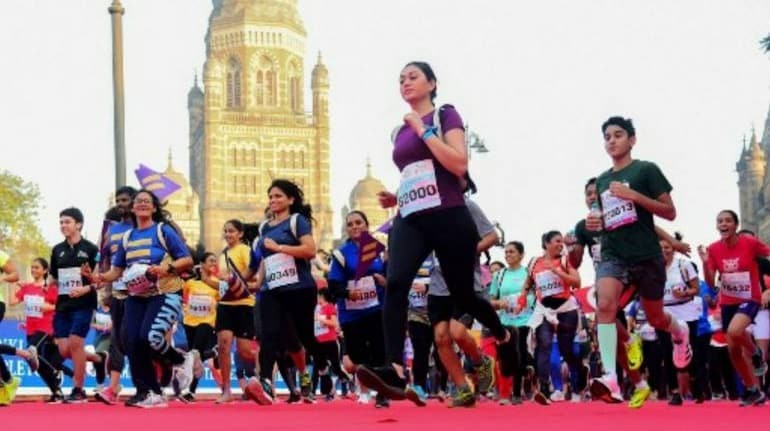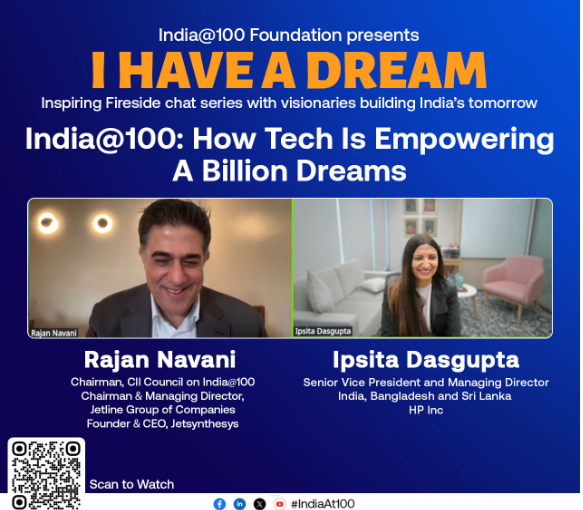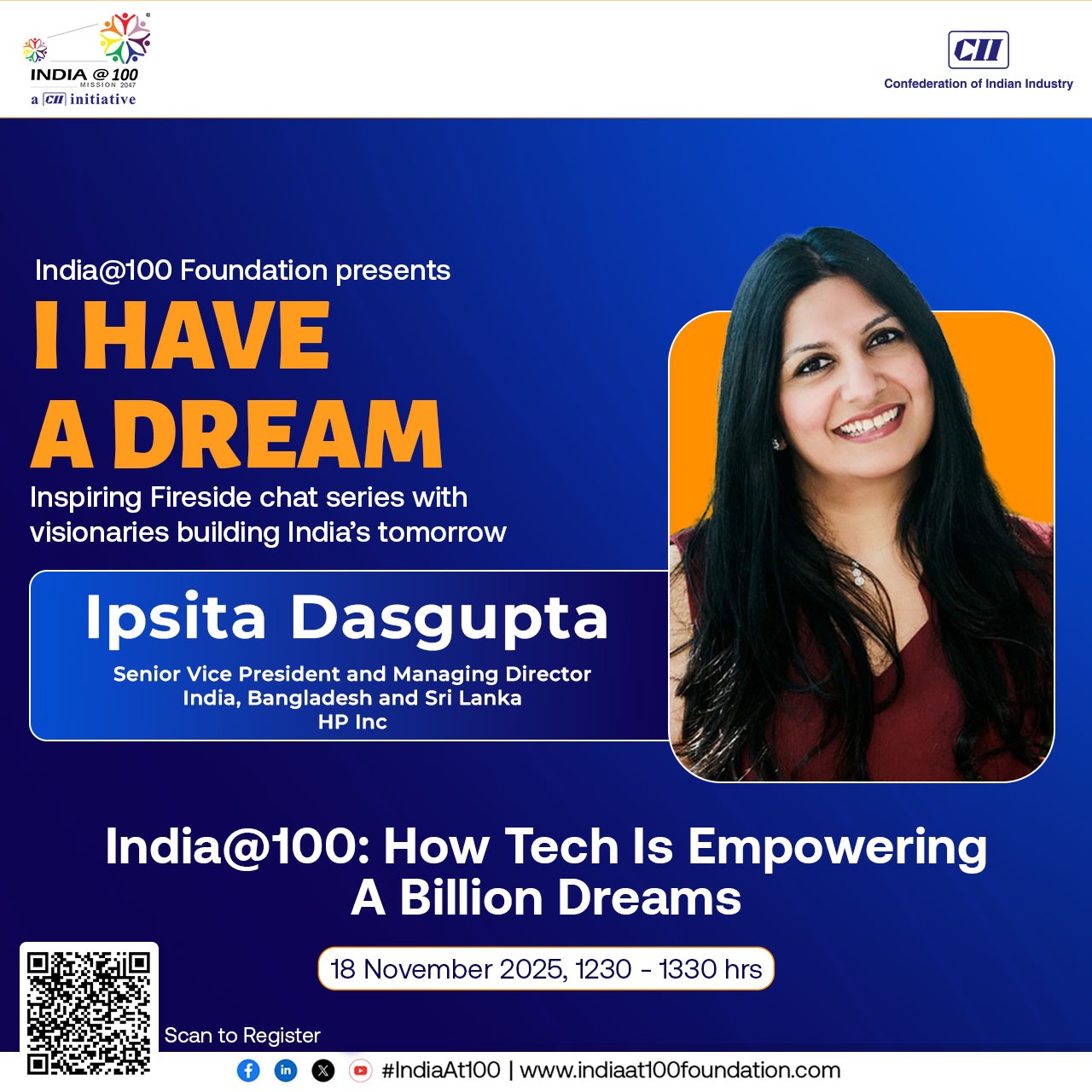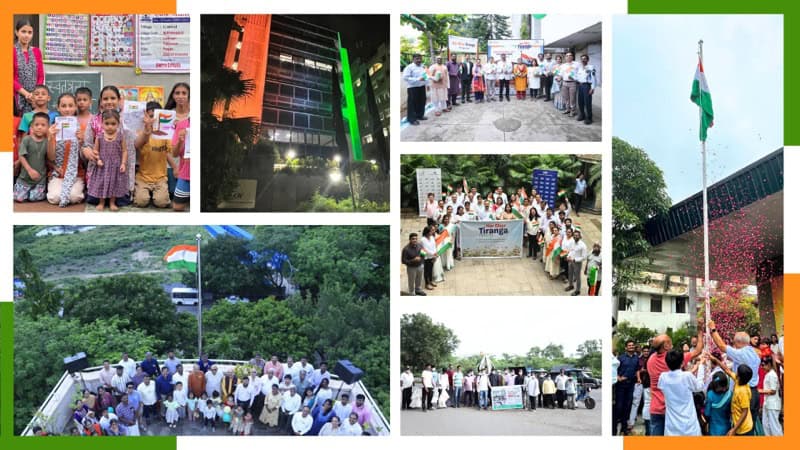“Very few things can lift the spirit of a nation the way six grammes of Olympic gold can.”
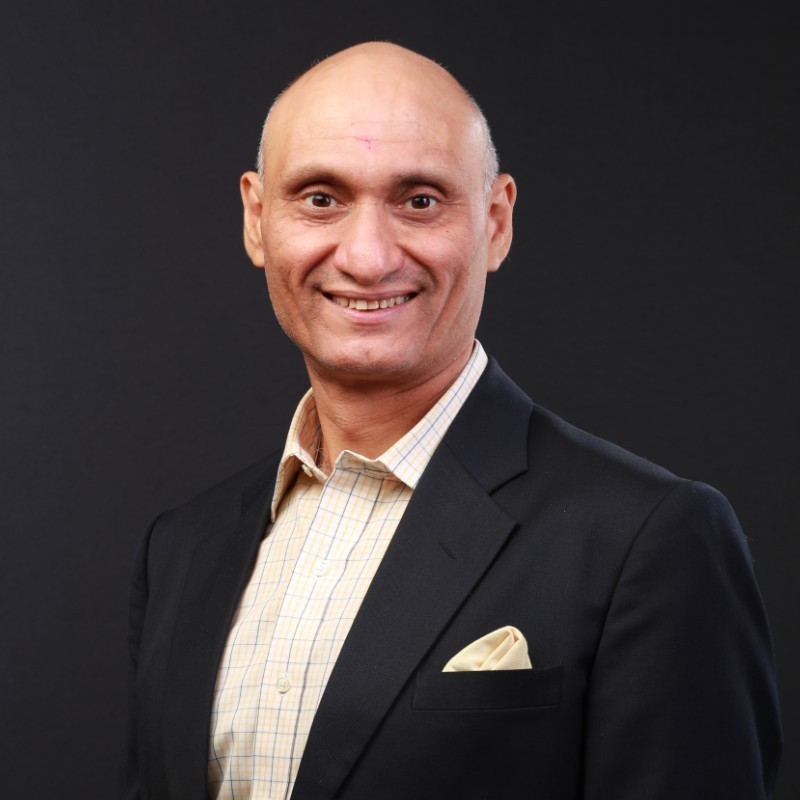
— Vivek Singh, Co-Founder and Jt. Managing Director, Procam International
On wanting to change the way sports are conducted
Procam started in 1988, roughly 15 years before we held the first Mumbai marathon. Those years were actually spent conducting some of the largest tennis, squash, and horse racing events in India. We started these events to both promote the games and ameliorate the condition of those playing them.
90 percent of people today have no idea how sports were conducted back in the day. For Sportsmen, there were no good old days. Sports people were not given due recognition and the entire experience of playing was a poor one. Anil Singh (my brother) and I wanted to change that; we wanted to change the way in which sports was played and tournaments were held. With our first Standard Chartered Summer Classic Tennis Tournament in 1989, we started the process of change.
Procam put up tennis players in a five-star hotel, the players were taken from their hotel to the venue in air-conditioned buses, tournament fixtures were printed and handed out to players well in advance. That tournament shifted the paradigm for sports event in India. We raised the bar further with squash in 1993. We created an out of the world experience with an all-glass portable squash court – nicknamed the Thunderdome. The players were treated extremely well, the icing on the cake was legendary commentator Robert Edwards, who we flew down especially from Wales, and the Live Telecast, a first time for Squash in India. Procam went the extra mile long before it was fashionable to do so. We changed the way sportsmen and sporting events were treated long before it was fashionable to do so.
On bringing marathons to the mainstream in India
There was no sports management culture in India when we started. I would sit with wedding pandal decorators year after year, showing them magazine photographs of Wimbledon in the hope that they could recreate some of the ambience at the venue. Then came a point when Anil said, let’s raise thing up a notch and get the marathon to India.
So, we went to take a look at the London Marathon in 2003.
What we saw just blew us away. Ordinary men and women—mothers, grandmothers, uncles and aunts, lawyers, and doctors—were running the race. Each one had this extraordinary look in their eyes—the look that belongs to athletes determined to beat the odds. It was the magic of the marathon that transformed simple, unassuming people into mighty warriors. Their euphoria of breasting the tape was no less than that of the Kenyans or the Ethiopians who took home the gold.
We realised that the magic of a marathon was that it produced thousands of winners. And so, we decided to bring some of that magic home. Thanks to Standard Chartered Bank in India, we were able to do so. Together, we started the Standard Chartered Mumbai Marathon journey, which lasted for 14 years. And then we moved to a wonderful new arrangement with Tatas, who have been fabulous. The Mumbai marathon is now the Tata Mumbai Marathon. There’s also the Vedanta Half Marathon in Delhi, The TCS World 10k in Bengaluru, and The Tata Steel Kolkata 25k – in a nutshell there’s a lot of running.
“It was the magic of the marathon that transformed simple, unassuming people into mighty warriors. Their euphoria of breasting the tape was no less than that of the Kenyans or the Ethiopians who took home the gold.”
On how marathons have affected India
The Tata Mumbai Marathon has segued the country’s needle from being purely a spectator sports nation to one that participates in sports. By the end of 2023, India will have 1600 distance races , run annually . There were less than 20,000 registered runners in 2003; today that number stands at 2.5 million. These marathons have brought about a revolution in health and fitness.
And this is what we helped with. We planted seeds in the ground when nobody could see anything, not even a sapling. There were five things we wanted to reap out of the marathons: pride for the host city, a shift towards health and fitness, an element of charity because we wanted people to run not just for themselves but also for a cause, we wanted the marathons to foster communal harmony, and finally, we wanted our runners to run against the best in the world. Today, we are really happy that marathons across the country have become synonymous with these objectives. But not everyone thought it could be so when we started.
On the significance of the marathon in a young and restless nation
The 1600 distance races, I mentioned are not happening only in cities; they are happening in smaller cities and towns and really influencing the youth. One of the biggest reasons why there is a change in the ground is that the moment you run a distance beyond 10 kilometers, you become an influencer. Suddenly, others want to know what you eat and drink; they want your advice on how to prepare; and they look up to you for what you have achieved. And so just like that, you can no longer be the person who drinks, drives, and whiles away their time; you are the sportsperson with the power to influence other young people, and that’s a transformative thought. It brings with it responsible and thoughtful behaviour, and the change is irreversible. The feeling of having people look up to you is something else.
On the things that different stakeholders can do to mainstream the culture of sports and take India from a nerdy to a sporty nation
India needs to create thousands of sporting events for people to compete in. It needs coaches and trainers; it needs infrastructure. I am very encouraged by what the government is doing to bridge these gaps. But there’s still some distance to go when it comes to an enabling sports ecosystem. Creating such an environment will need funds, and India Inc. can contribute significantly here.
While sponsorship is the conventional mechanism for funding sports, the scope is limited. Currently, any kind of association with sports is seen as a marketing investment, which fetches the sponsor an ROI. That’s a valid point of view for international events because of the high eyeballs and footfalls. But there is little or no ROI for sponsors at the district-level, or even at the state level. Deployment of CSR funds can actually be the much-needed game-changer for sports in India. It’s a much better funding mechanism for the grassroots sporting Industry; which is still dependent on Sponsor largesse or Association dole.
However, as per India’s latest CSR reporting survey, only 1.9% of the 19,000 crore rupees that came to civil society via compulsory CSR in 2019 was for sports. This is largely because of the number of riders attached to funding projects related to sports. Removing these caveats would see more money coming in from businesses. Organisations prefer to make less complicated investments and therefore usually put their money in sectors such as education, the environment, and health which are easier to fund.
“The tennis court or the football field can offer more lessons than classrooms can.”
Also there exists a provision under GST, wherein Sponsorship has been placed under Reverse Charge and levied an 18 % GST. This actually brings the rate on sponsoring of sporting events to a whopping 34% and is crippling the sports management industry and the Promoters of Sports. If this aberration under GST could be addressed, we would see greater enthusiasm from sports promoters and more sporting IP’s being created.
Both the government and the private sector have the same vision for India when it comes to sports. It is just a question of removing the speed bumps through communication and collaboration.
On sports as a soft power and the overarching narrative
Sports is definitely a soft power. Very few things can lift the spirit of a nation the way six grammes of Gold in an Olympic medal can. It is a great unifier and cuts across boundaries; everyone is moving fair and square towards the same goals. However, the overarching narrative of sports should be more than just the sum of its parts.
Sports is much more than just health or discipline. You can go to a gym , train with a fitness expert and get the same results. Sport is purer, more holistic. It is about building a sporting mindset; it is about learning to take failure in your stride without being defined by it; it is about falling and getting up; it is about putting the collective goal before personal glory; it is about camaraderie, friendship, and having the back of your team mates. The tennis court or the football field can offer more lessons than classrooms can.
On the power of sports to catalyse equitable development
I believe in the power of sport. I’ll just give you one small example: in 2005, we came to Delhi with a half marathon. Back then, women just didn’t run. If there were 10,000 people at an event, less than 1% would be women. And those that were there, would not be in sporting gear; they’d be running in jeans and a tee. Today, the change is incredible. You cannot imagine how the simple act of distance running has empowered women. It’s incredible to see what’s happening all over the country. Today my entire pacer squad for the Vedanta Delhi Half Marathon will be women. Pacing is the highest form of running when you take the responsibility to lead a bus. Distance running is gender neutral today; in a gender-biased society, that is a nod to the incredible power of sports.

